How much space is required for fifty goats in a goat farm? In the modern farming world, there are essentially two types of farming practices: intensive and extensive. Intensive farming is the farming of animals in factories in closed, confined enclosures that have little space for animals. But extensive farming, on the other hand, focuses on providing enough space for livestock for them to move freely and express their innate characteristics.
But do we really have that much space to provide? If we give them all the space they want, then we might as well set them free and forget about farming at all. Extensive livestock farming is the crucial balance between protecting livestock within an enclosed space as well as giving them enough room and freedom to be the animals they are. So much much space does a goat need? How much space is required for fifty goats in a goat farm? Let’s look at goat farming and how much space each goat would need.
How much space is required for fifty goats in a goat farm?
Guidelines on how much space a goat would need is an average of 16 square feet per goat for their resting area and at least 20-25 square feet for their activity area. The area each goat need also depends on the size of the goat. Younger ones would require less room. A minimum of 16 inches are required per goat at feeding stations with more than one feeding head per head. So a herd of fifty goats would need at least 1000-1250 square feet area. But this is only the minimum, and personally, I don’t think these spatial restrictions are ideal due to several reasons.
How much space is required for fifty goats in a goat farm? Why do goats need more space?
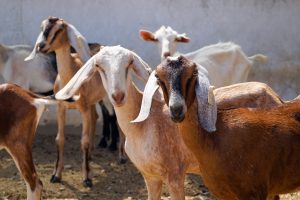

High-ranking and more powerful goats tend to dominate several feeders or spaces to the detriment of their subordinates. There are other factors that affect their need for more space. Crowding goats together at barns and pastures affect their comfort and their ability to feed sufficiently and maintain good health.
Goats have to rest and feed without interruption and having to jostle and fight for space. They need a comfortable dry spot to lie down and stretch out. Continual dampness and not enough air circulation will lead to health issues and disease. Goats are inherently active and curious creatures. They need to explore and exercise.
When goats are given free-range, they spend their days foraging over two miles of hillside. This helps to keep them well-exercised, and they get a varied, balanced diet of weeds and everything else of interest. It keeps their hooves in shape, and their minds occupied. When they are free like that, there is no need for aggressive competition. Most often, restricting animals together in a small confined space leads to aggressive behavior, which in turn results in farmers resorting to bad practices like clipping the beaks of chickens, shortening pigs’ tails and dehorning goats.
Goats have spent most of their domestic existence in free pastures. That is the traditional method of raising goats and sheep. But due to the increase in population and lack of space for livestock, farming this way is not always possible. Crowded farming in confined spaces always results in aggressiveness and domination of stronger goats. Lower-ranking goats lose out on the adequate resting area and opportunities.
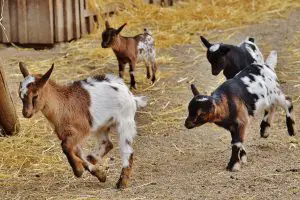

Goats also need more space when they are pregnant. They try to distance themselves from their neighbors as pregnancies progress. Such goats are found to need at least 21-32 square feet of space. Other factors that affect their need for space like life stage, sex, presence of horns, rank in the herd and relationship between goats. Goats with closer friendships tend to tolerate less amount of room between them. Goats that are grouped together as kids tolerated each other better when they were adults, and goats from the same farm, too, could tolerate each other in less space.
Goats that are grouped together as adults have little tolerance for each other, and less-ranking goats prefer to eat far away from dominant goats. Structures specially designed to make goats feel more secure when eating or resting will reduce the space needed per head. It will also reduce aggression. Platforms and partitions divide the space allowing escape routes and hiding places for them.
When there is limited land, care must be taken not to overstock pastures in order to avoid parasites and allow vegetation to renew. If you want to provide 70% of their forage sustainably, at least an acre of land is needed for 1-3 goats.
But of course, this stocking density too depends on the length of growth, climate, season and soil. If this is inadequate, you may have to supplement with extra hay. Each goat will need about 2-3.5kg of dry matter a day. More than 5.5 goats per acre all year round could lead to too much healthy nitrogen levels for the environment due to their manure.
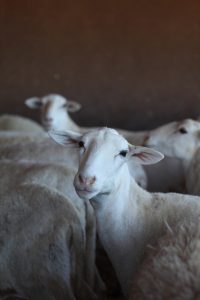

When pasture is unavailable, pens must be made more interesting for goats who like to climb and explore. There should be climbing platforms for them. An individual goat pen size should be at least 27-43 square feet.
How much space is required for fifty goats in a goat farm? A Conclusion
So how much space is required for fifty goats in a goat farm? Goats need an average of 16 square feet per resting area and 20-25 square feet for their exercise area. Goats are accustomed to free-ranging, and their natural behaviors are not used to being confined in small limited spaces. If outdoor free-ranging is not possible for your goats, then you should give them platforms to climb and partitions for privacy from dominant goats. Barns must mimic their natural environments as much as possible to keep them healthy and active.
How much can you earn from goat farming? Read this article to find out.

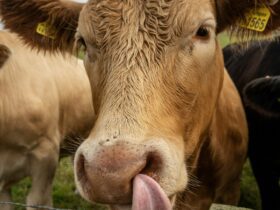
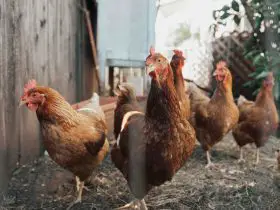
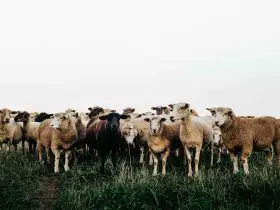
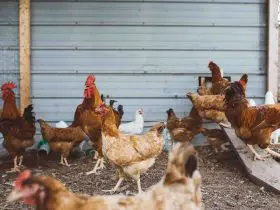

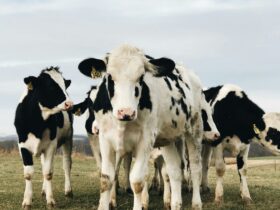

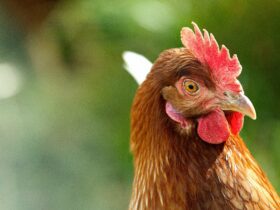





Hello!! Welcome to Anim Farm